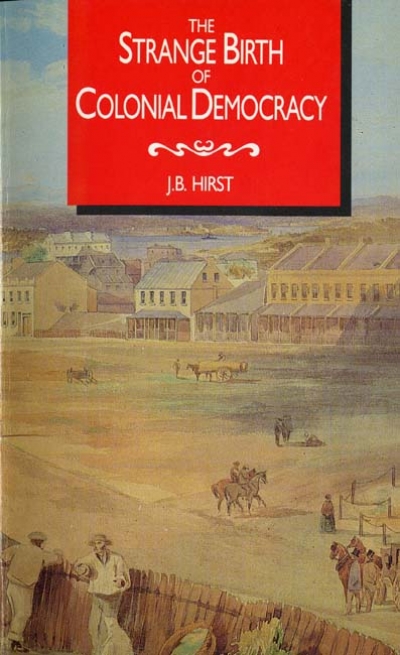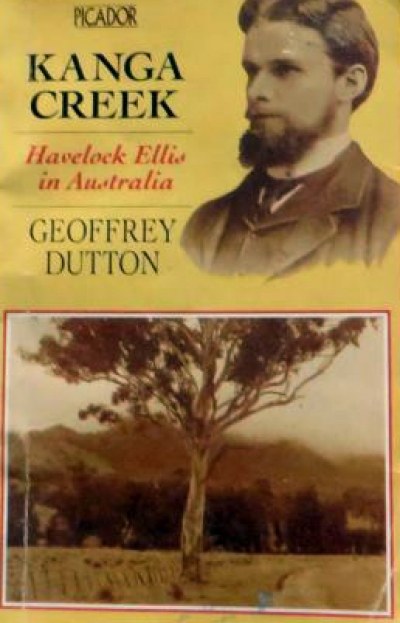Elizabeth Jolley’s new novel takes a leap into the past, to a large hospital in wartime England where Veronica Wright, an awkward girl just out of a Quaker boarding school, endures the discomforts and humiliations of a trainee nurse. As we have come to expect from this writer, there are all sorts of marvellous things tucked away in odd corners. Sharp observations of hospital routine – preparing bread and butter for the patients’ trays, chasing cockroaches with steel knitting-needles, shivering on night duty, and trying to keep warm in old army blankets – are mixed with passages of grotesque comedy, and with one or two memorable instances of the macabre, nowhere more effectively than in the death of a gangrene-ridden, maggot-infested patient.
...
(read more)










